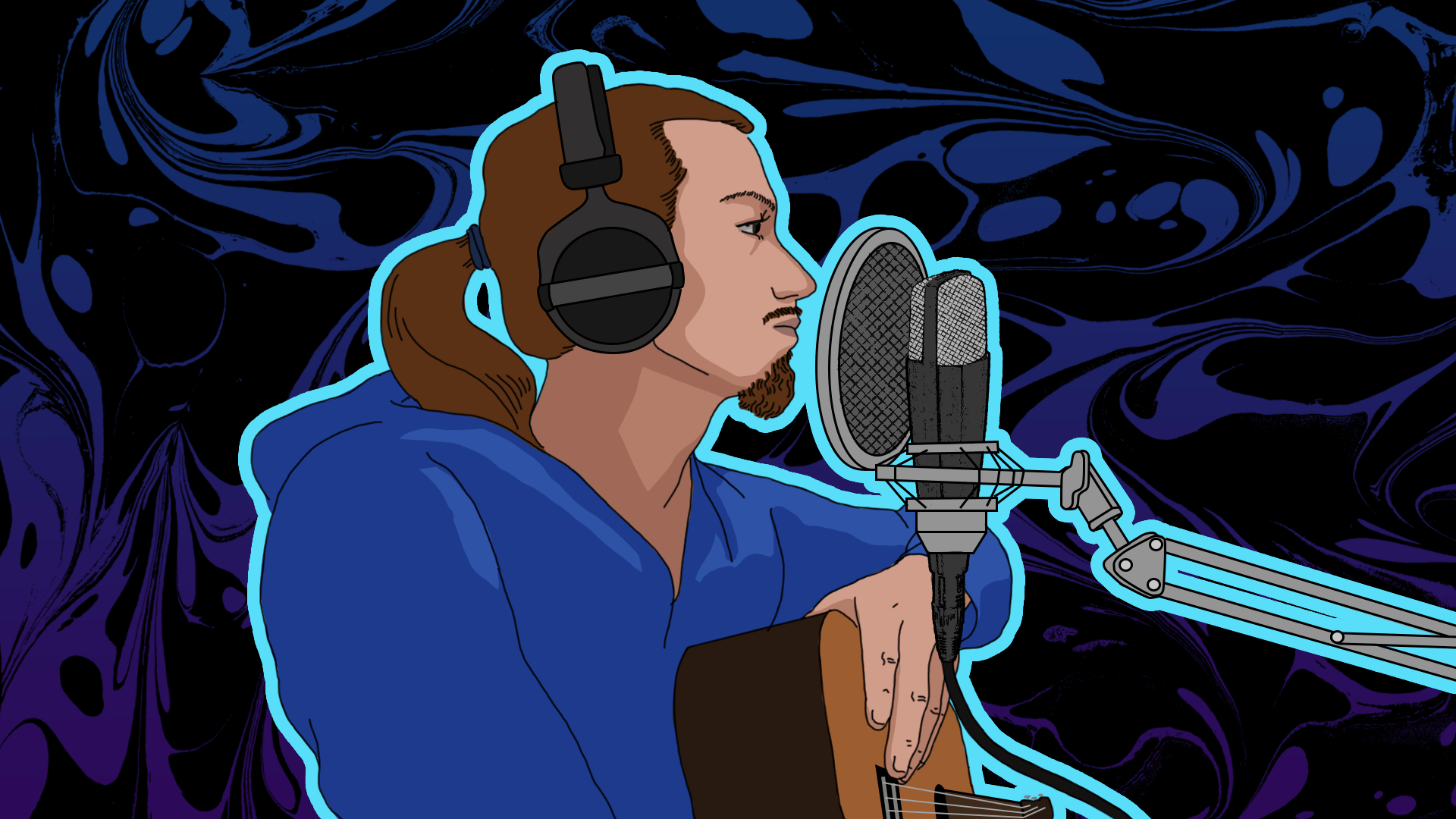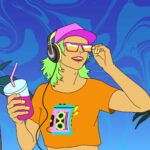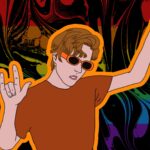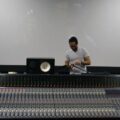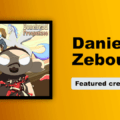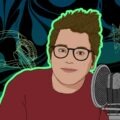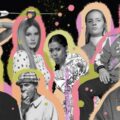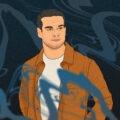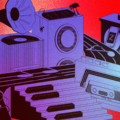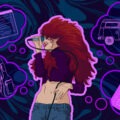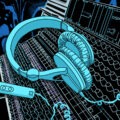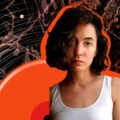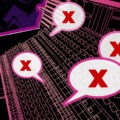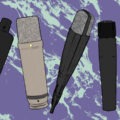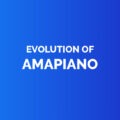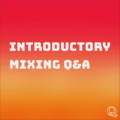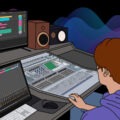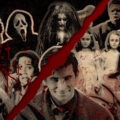For close to two months now, a new face has been at the head of the computer-assisted music course at RAC Montréal. Francis Brûlé, a multidisciplinary artist with a major in digital music from the University of Montreal – and a proven geek – shares his knowledge of the subject with his students.
With many skills under his belt; having taken courses in cartooning, visual art, and computer science, the singer-songwriter, pianist, sound designer, producer and now teacher says he is constantly in a learning mode. His goal: to evolve and grow as an artist. Read on to find out more about this synth and electronic music fan!
RAC: Can you tell us about your artistic background and what led you to teach computer-assisted music at RAC Montréal?
Francis: I come from a family of musicians. I took my first piano lesson at the age of 5 and I started composing around the age of 11. I got a Diploma of College Studies (DCS) in Jazz/Pop piano from Joliette Cégep, a BA in music-writing, and a major in digital music at the Université de Montréal (UdeM). I’m currently getting a master’s degree in composition and sound creation from UdeM. I’ve been composing for over 20 years and, in addition to piano, I also play guitar and sing. I first got involved with teaching as a TA at the University of Montreal for a course called “Music Creation and Technology”. I loved the experience, so when I came across the job offer, I quickly applied!
RAC: Your influences include Depeche Mode, Nine Inch Nails (singer Trent Reznor), Oasis, and Radiohead. In your opinion, what are some elements that unite these artists in terms of their production style, music genre, lyricism, etc. Which of these elements also influence your material?
Francis: Except for Depeche Mode and Nine Inch Nails – who are a bit in the same vein artistically – they’re all pretty different musicians. What I like about Depeche Mode, Nine Inch Nails, Radiohead and others like David Bowie or Björk, is their ability to push boundaries between genres and explore experimental production techniques, compositions, and arrangements presented in a more or less accessible pop format. That’s what I tend to do myself. With Oasis it’s a bit different, they were one of my first favorite bands when I was younger and they partially taught me how to play the guitar.
RAC: You collaborate with visual artists specialized in datamoshing. Can you tell us more about that and why you wanted to combine your music with this visual style?
Francis: The world of visual music is one that I’ve only recently been introduced to and I love the medium. While I don’t consider myself a visual artist, I like to explore that side of things. I have a childhood friend who’s into datamoshing and we created a project together, Sightscape Boom. I make textural, abstract music and the kind of visuals he creates mesh well with it. We’re on track to have a showing of our work come September.
RAC: Tell us about your piece Anxiogène. What instruments, tools and machines did you use?
Francis: Anxiogene was a performance I did as part of an electroacoustic composition course at UdeM. I created an instrument that I named the Baguettophone that produced most of the sounds in the piece. Those sounds were captured by a contact microphone that I built. There’s also an Arduino device with an ultrasonic proximity sensor. It transmits the distance of an object to the Max 8 interactive programming software. The data is then converted into MIDI information and sent to a virtual port that is received as an instrument in the Reason DAW. So I can control some parameters in real time from this proximity sensor. It also controls the speed of the small engine that runs with my smiley face.
Finally, I have a camera that films the engine and sends the “feed” to Resolume Arena, a video software. Some of these settings are audio-responsive: I use envelope trackers with Reason to send MIDI data into Resolume. The visuals, sent in a projector, are in real time.
RAC: Which one of your many artistic roles is closer to your heart? Which one is a challenge for you?
Francis: If I have the free time, I am first and foremost a composer. My passion is to create tunes. And, this might be surprising, but the role that comes hardest to me is that of teacher. Although I love doing it, the concept of a teacher, to me, is someone who knows everything about everything – which I don’t think is true of me at all. Actually, I think that if I want to continue growing as an artist, I have to admit to myself that deep down, I don’t know very much!
Strings and Attractors (Indefinite Cure Remix)
RAC: On your YouTube channel, you cover songs from several artists that you like. Can you share some of the good and bad that comes with reinterpreting well-known songs?
Francis: There are a bunch of upsides. I find it’s an excellent opportunity to practice composition. I almost always try to make my version different from the original. My goal is not to do a tribute cover, but rather to create my own version of the song. This is all helpful to me as a composer since I get to study the structures of the songs in detail and play around with them. It also sharpens my sound engineering skills. Obviously, if I become known for my covers, it would be harder to get recognized for my own stuff later on. I’m not famous yet so I’m still good!
RAC: In terms of audio production, what advice would you give to students who want to record covers?
Francis: I’d tell them that the way of going about it is to find your own style and voice. Finding my own voice comes more easily to me by working on material that’s not my own. Since these pieces are already known, it’s like a blank canvas for me to experiment on. So, my advice would be to explore, try to make the material your own, and to have fun with it!
Francis has several upcoming projects, including an EP that will soon be released under his own name. He’s also continually expanding his versatility through his musical ventures: ranging from his first project, Indefinite Cure, based on synth-pop songs, remixes and covers, to Immerciful, another more instrumental electro/big beat/deep house project, all while working on his no-input music ensemble, Feedback Libre.
Written by Caroline Boivin
Translated by Ari Mazur
Illustration by Yihong Guo
